Auditioning for Film Series: The Top Terms You Need To Know On Set
Written by Rachel Comeau
Date April 10, 2020
In the theatrical world, it’s not uncommon for actors to be trained alongside directors, designers, and technicians. But the film world is a little different. Often filmmakers don’t interact with an actor unless it’s during the audition or onset. So while we’ve been learning about objectives and actions, they’ve been learning about aspect ratio and aperture. For you, the actor, that first-day onset, can feel like a foreign planet, and it certainly doesn’t help if it sounds like they’re speaking a foreign language. Here are terms you need to know before the director calls, “ACTION!”
First Team
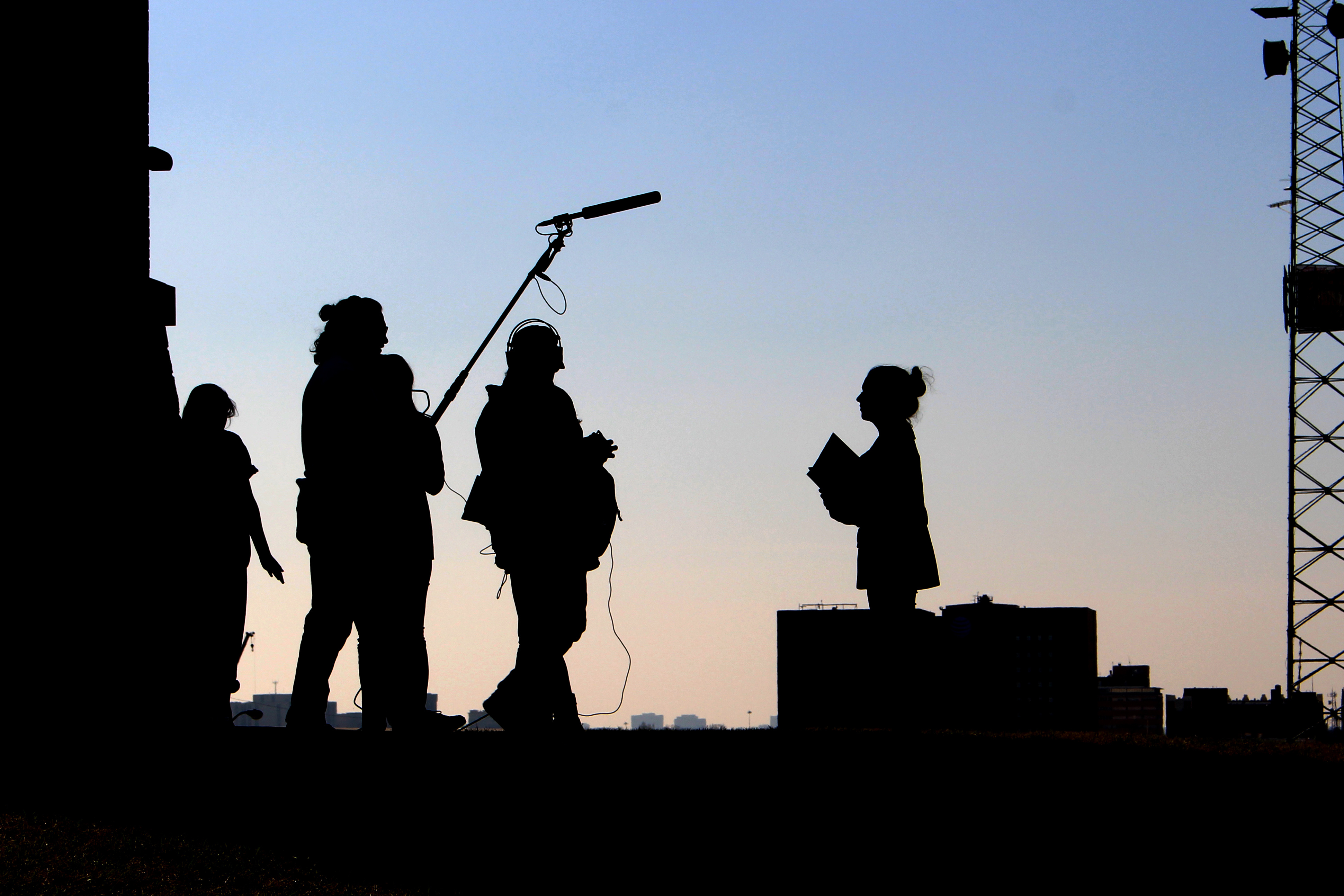
The actors with dialogue in the scene. It also includes the director, cinematographer, the 1st AD, and producers. Hopefully, when you hear this phrase onset, they’re talking to you!
Second Team
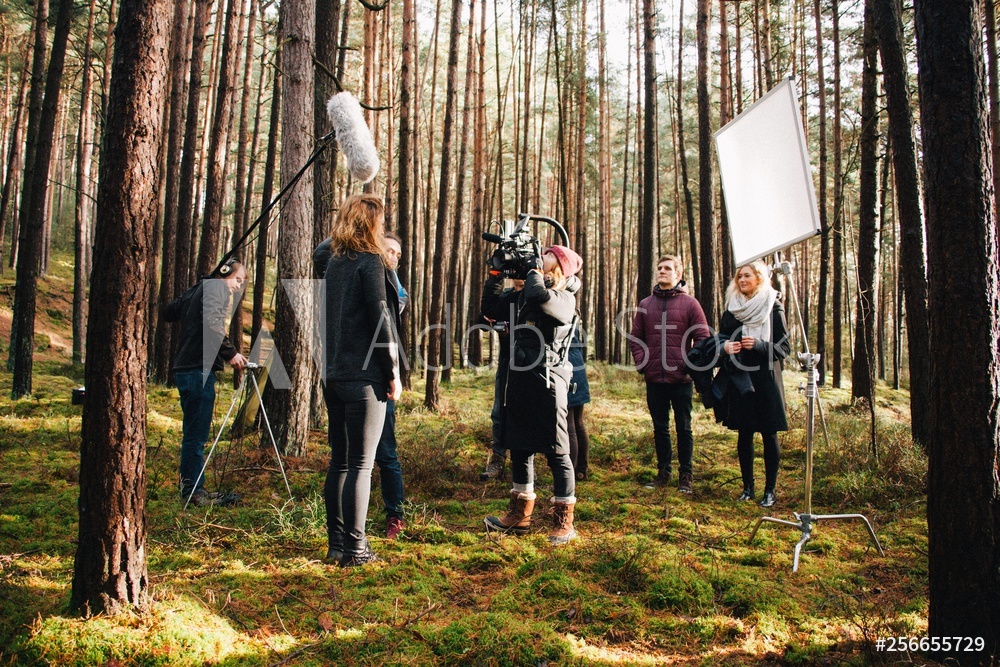
This term refers to the group of people working as stand-ins or doubles for the actors with dialogue. This also includes the 2nd AD. It’s essential always to be kind but show your stand-ins and doubles some love. They are there to make YOU look good!
Stand In
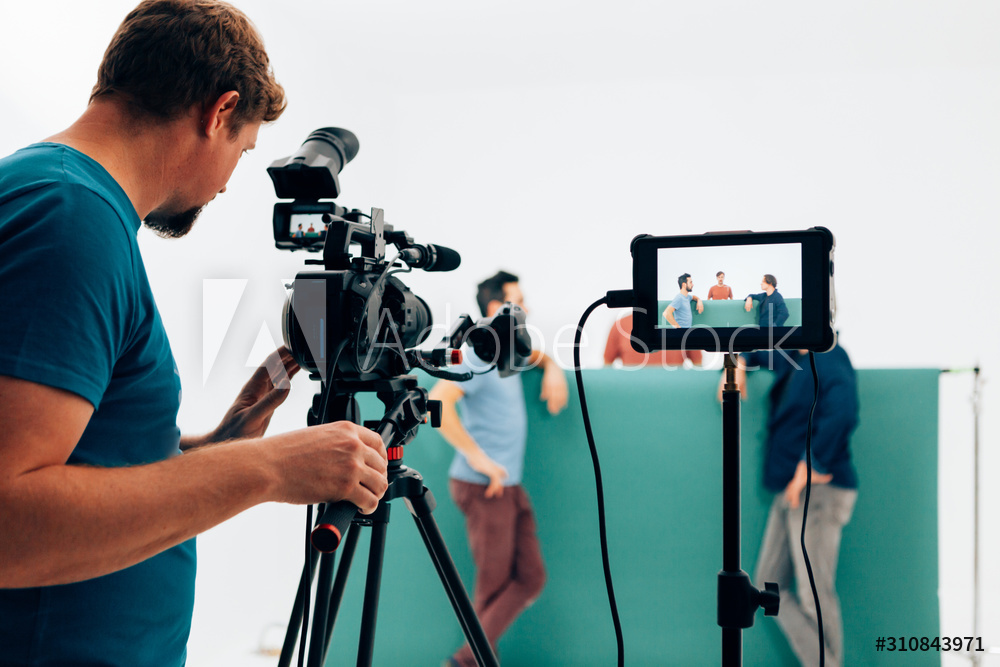
A stand-in is a person who stands in for the actor. After a scene has been rehearsed and blocked, the actors are sent to hair and makeup or the green room. Stand-ins will take the place of the actors while the crew lights the scene and makes final adjustments. A stand-in will not be seen on camera.
Double

More specifically, a photo double is a person who resembles a principal actor in height, weight, and coloring. A photo double will take the place of the actor on screen in shots where the actor is not in focus. Stand-ins and doubles are lovely because they allow you to prepare for your scene! There are also body doubles and hand doubles that are used in specific scenarios.
Stunt Double
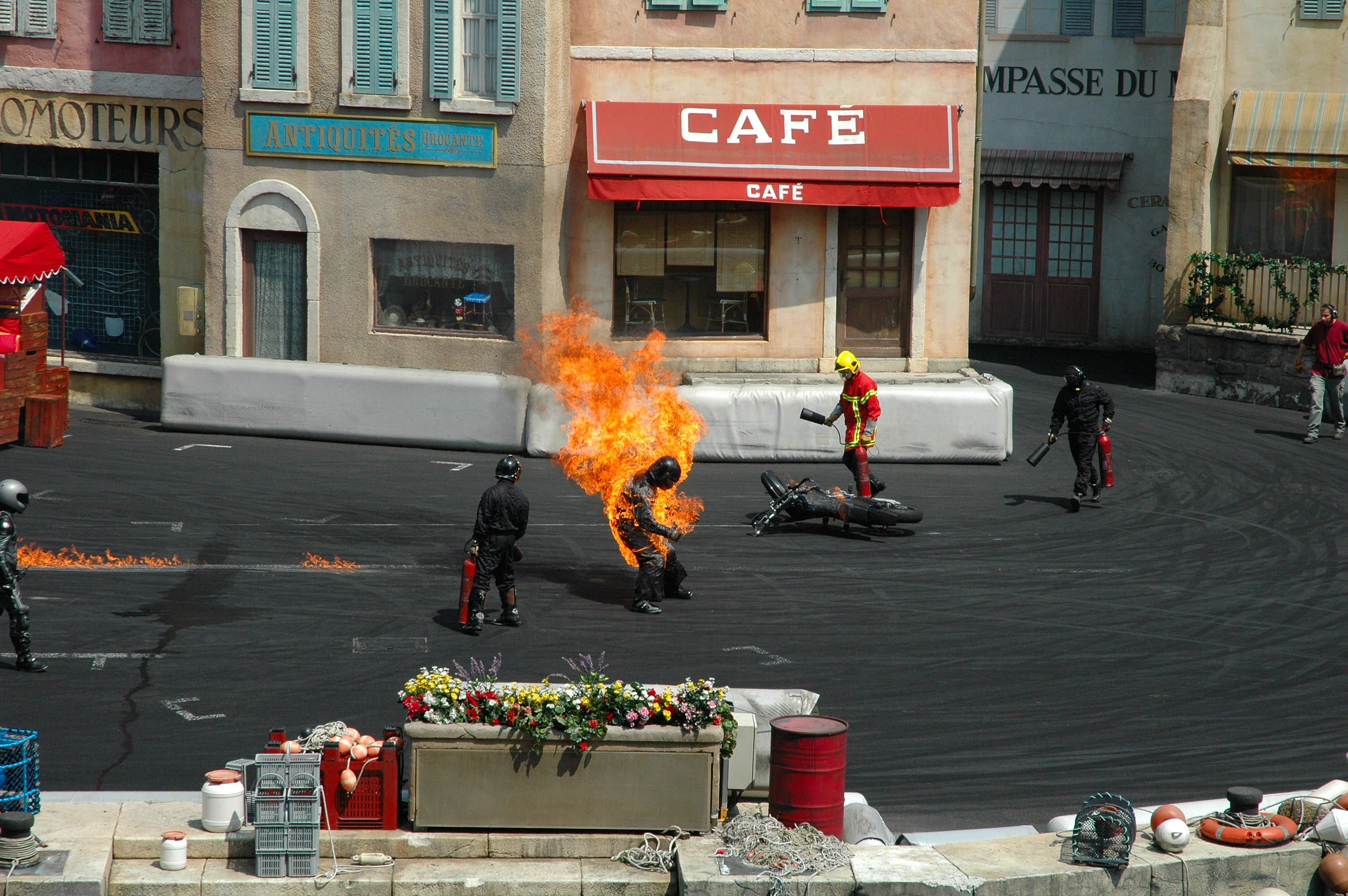
A stunt double, like a double, resembles a principal actor and performs the action sequences. An action sequence could range from a fall to a choreographed fight. Stunt doubles are amazing because they make you look cool and keep you safe!
Background Performers

The actual term for extras.
Craft Services or “Crafty”

Craft services is a position on the crew in charge of snacks. They’ll have a designated area or tent where you can find all the snacks!
Catering
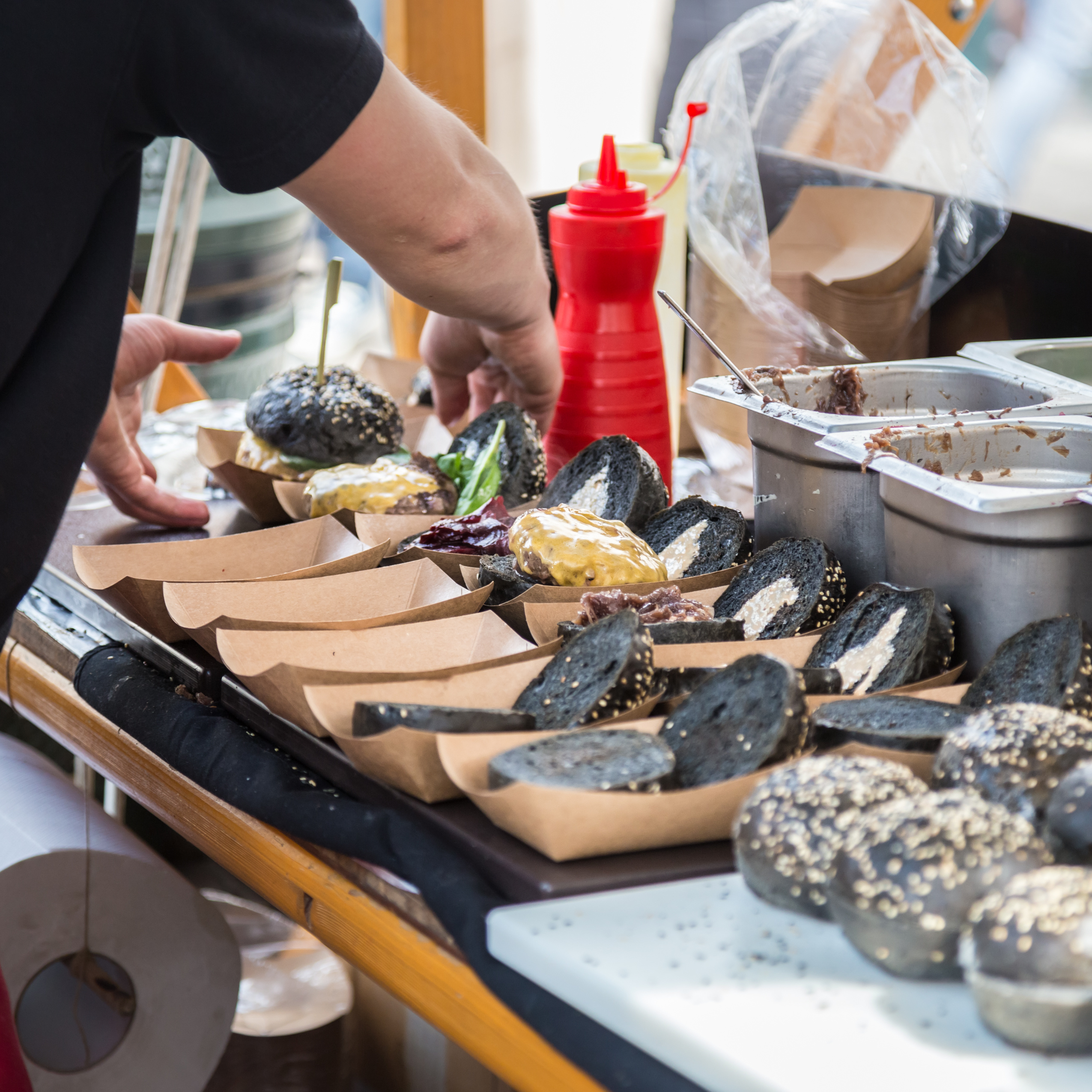
Separate from crafty. A third party does catering, and they’re in charge of the meals for the day.
Video Village

An area set up for specific members of the production to view recently recorded footage.
“Last Looks”
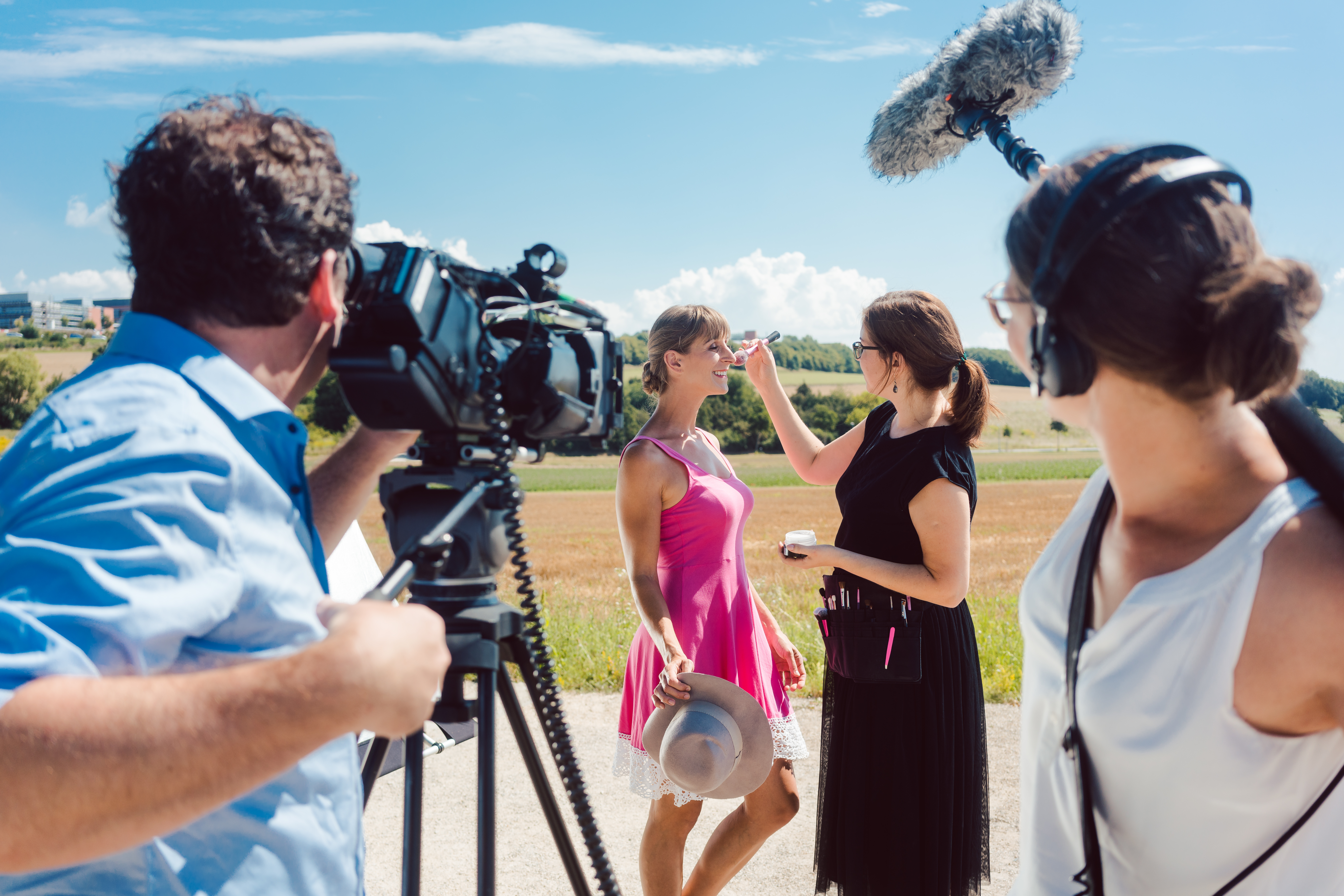
“Last looks” is verbalized before the scene begins rolling. This is the hair and makeup departments’ opportunity to give their final touch-ups to the actors.
“Roll Camera”
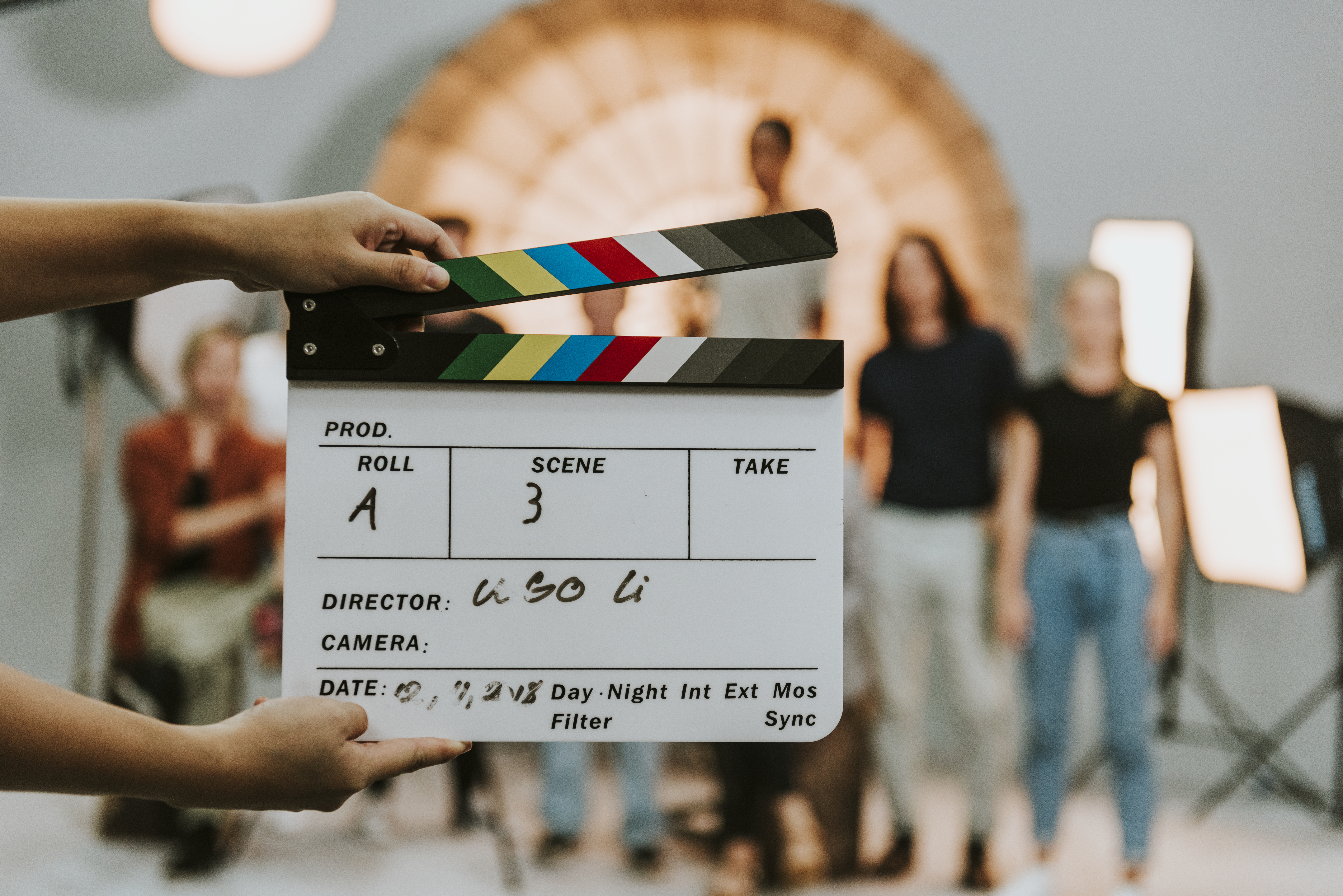
Cue to the camera operator to begin filming.
“Roll Sound”
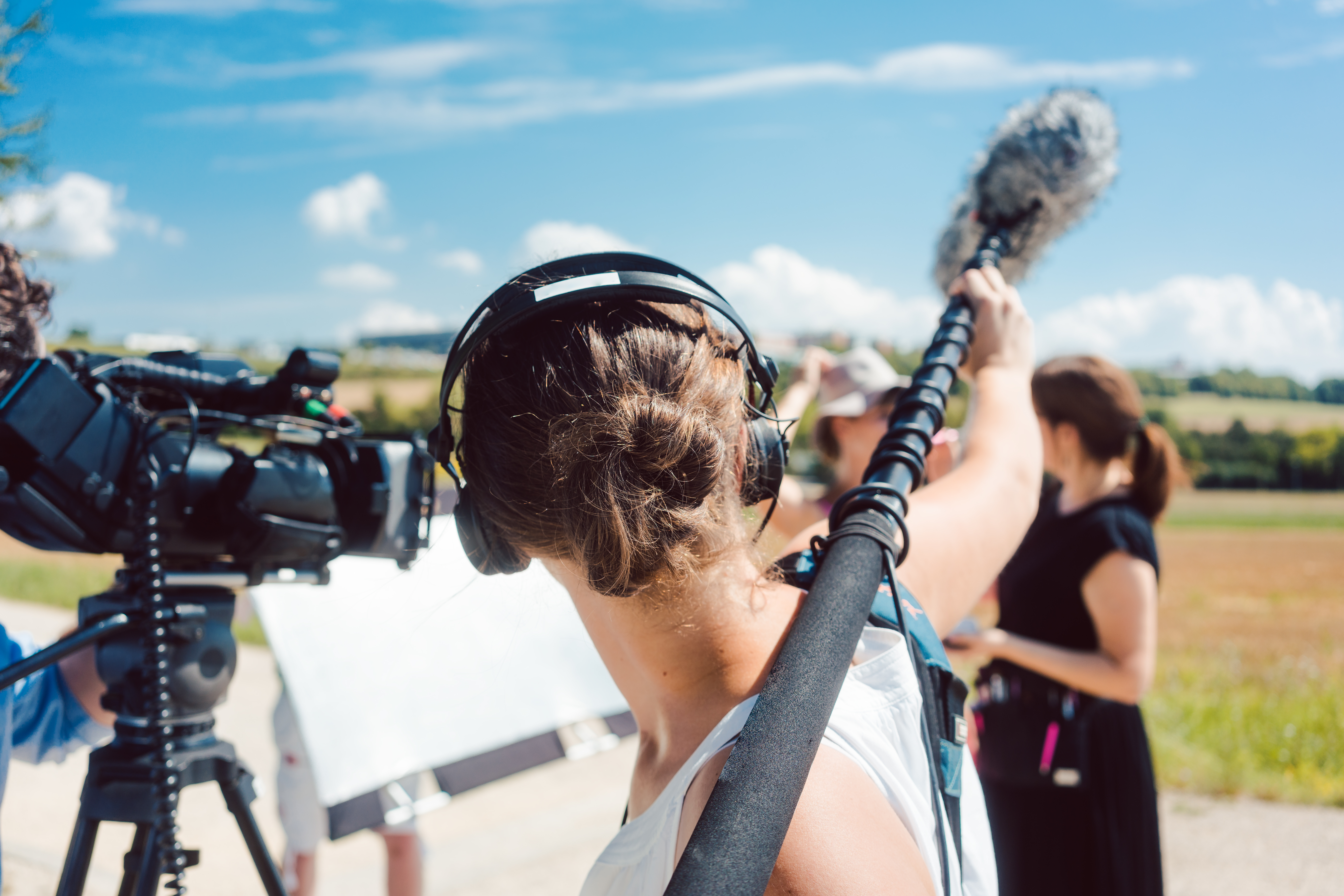
Cue to the sound operator to begin recording.
“Speed”
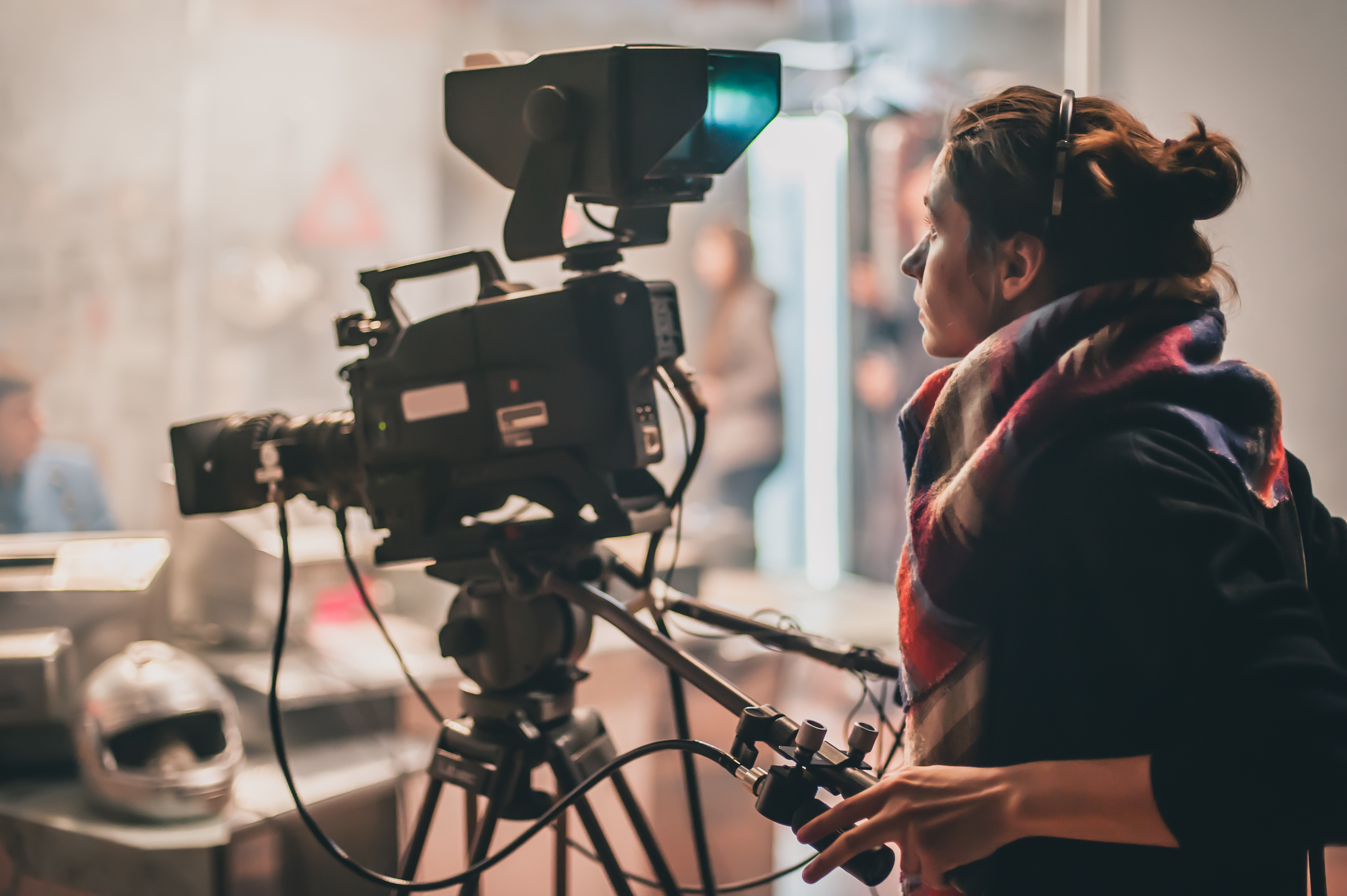
The sound operators response to “Roll Sound” to confirm their equipment is running and recording.
“Rolling”
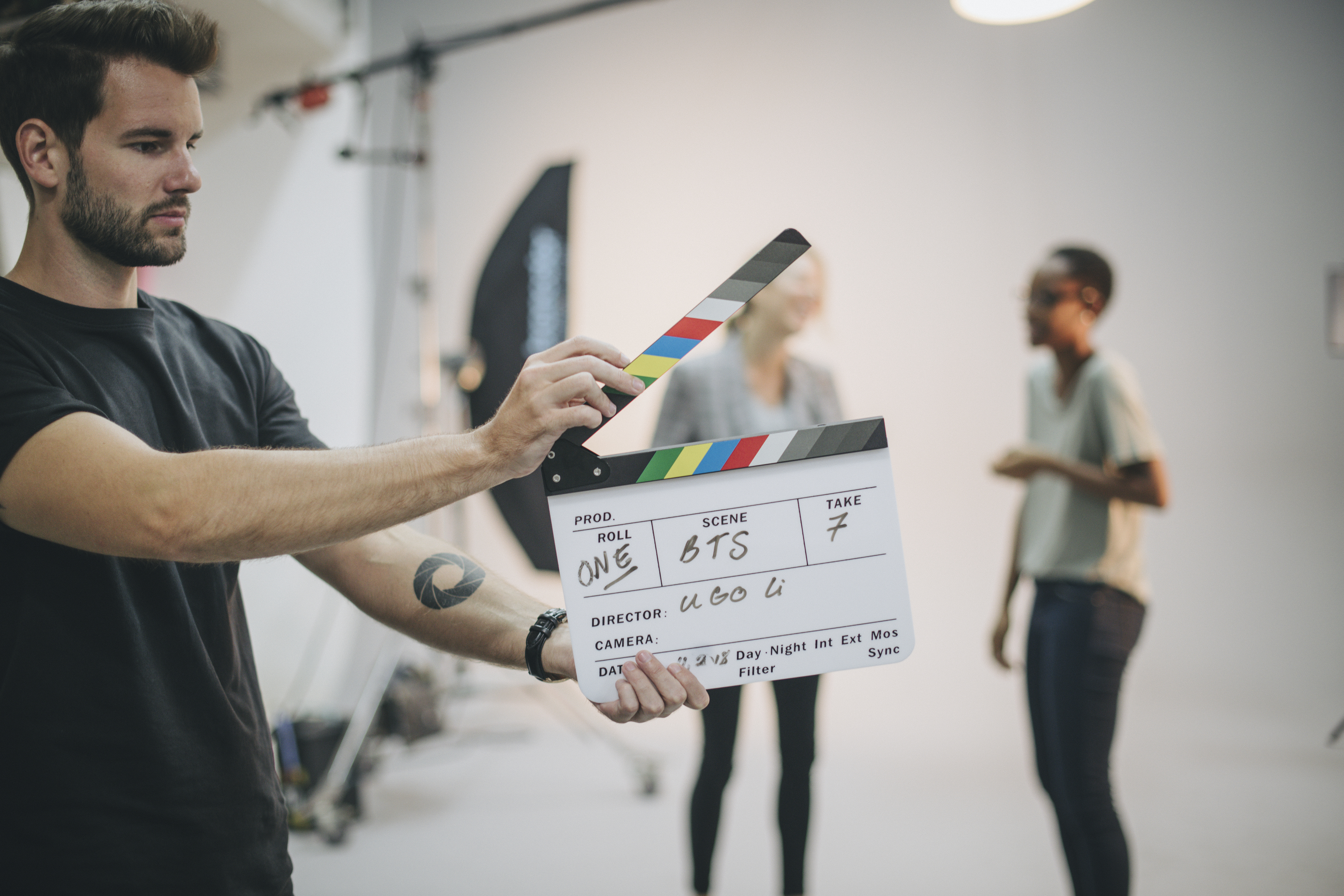
The response to confirm that camera and sound are ready for the action to take place. While these cues and responses are being called, use those few seconds to focus on your moment before. The most important word you’re waiting for is action.
“Background”
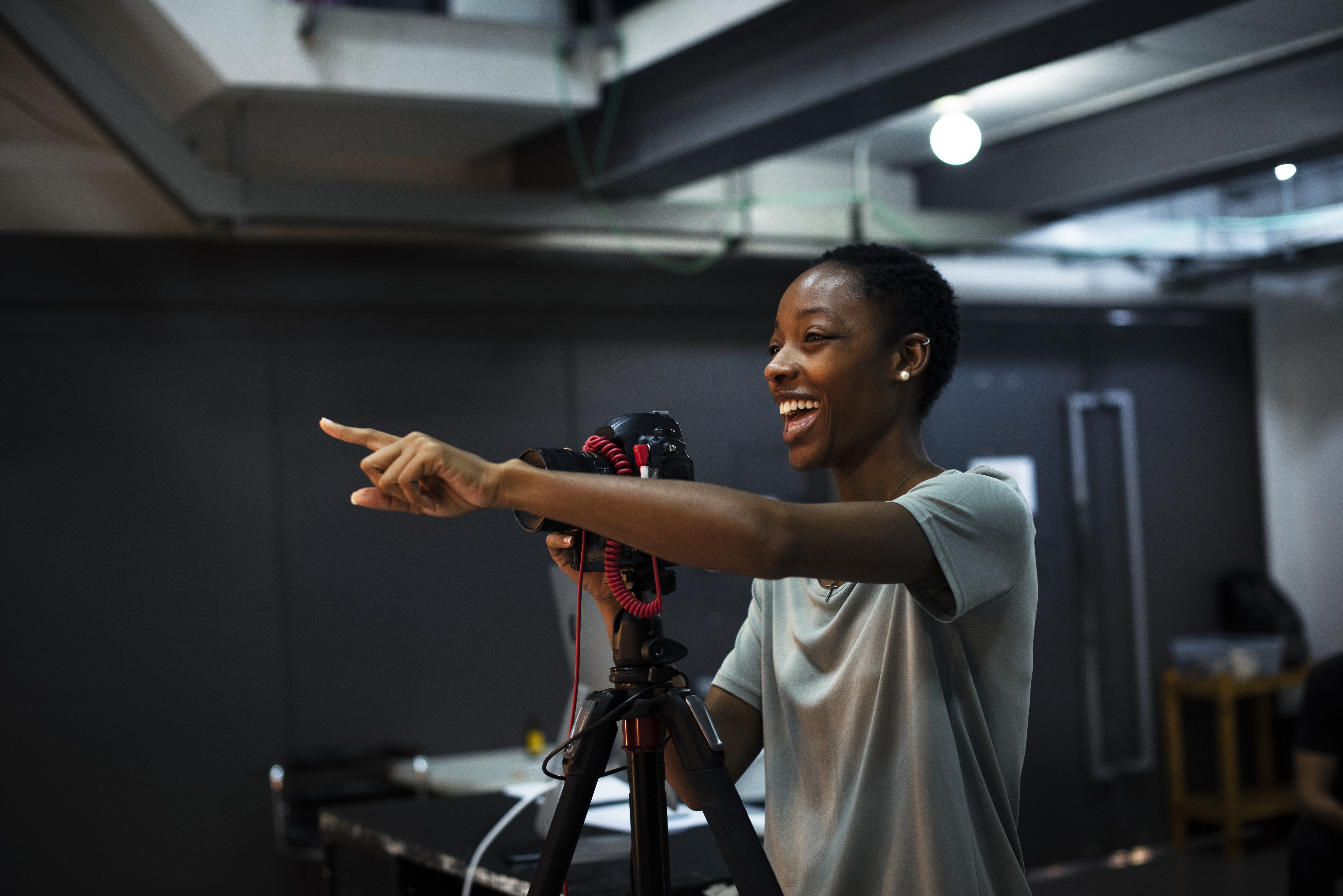
This is the cue given to the background performers to begin their action.
“Back to One”/”Back to…”
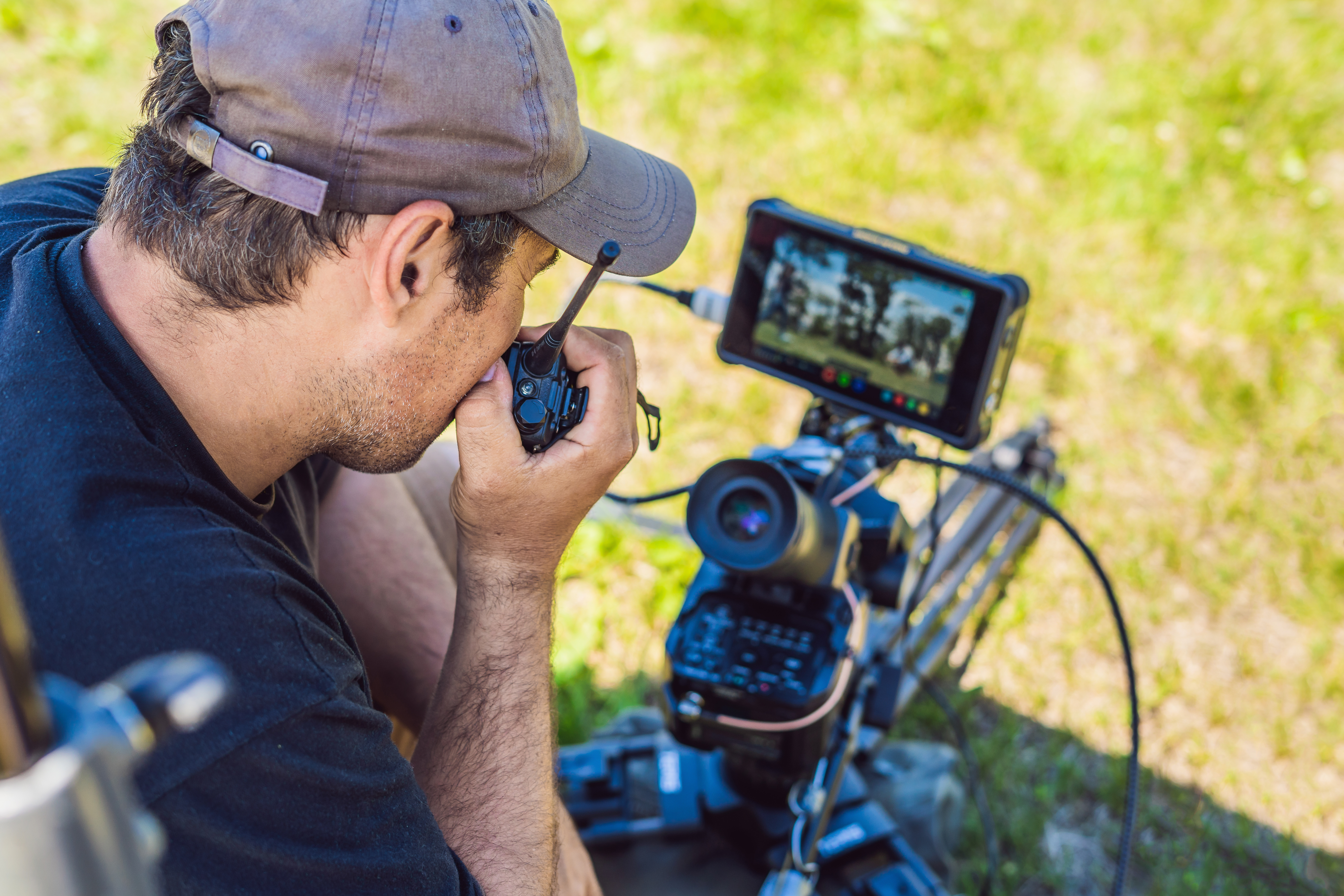
This means a return to your starting position. Scenes that involve more complicated blocking could involve a two mark, a three mark, and so on.
“Flying In/Out”

When something quickly has to be taken on or offset. For example, “flying in sandbags.”
“Holding For…”
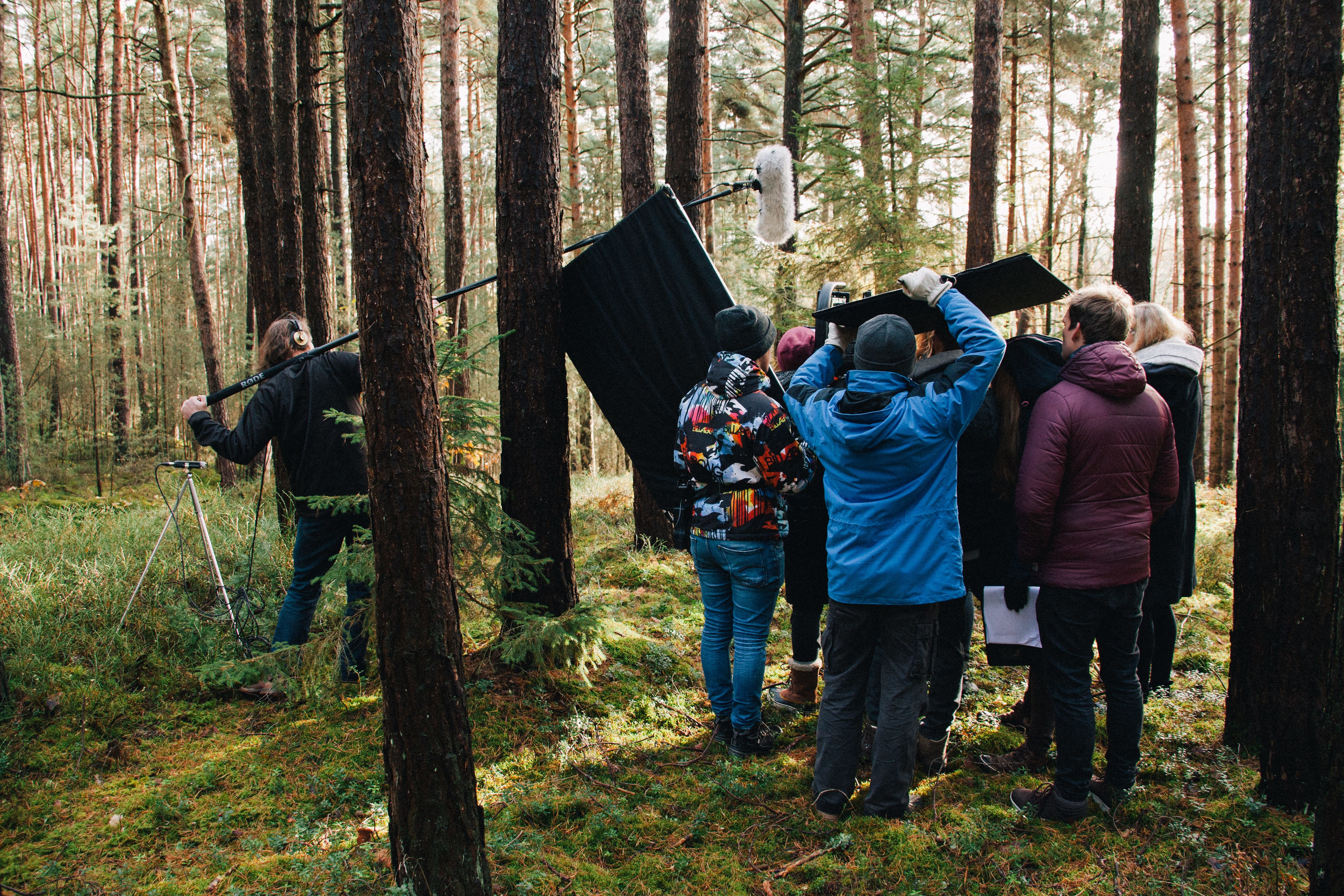
A moment needed to adjust before the director calls “action.” For example, “holding for sound.”
“Cut”
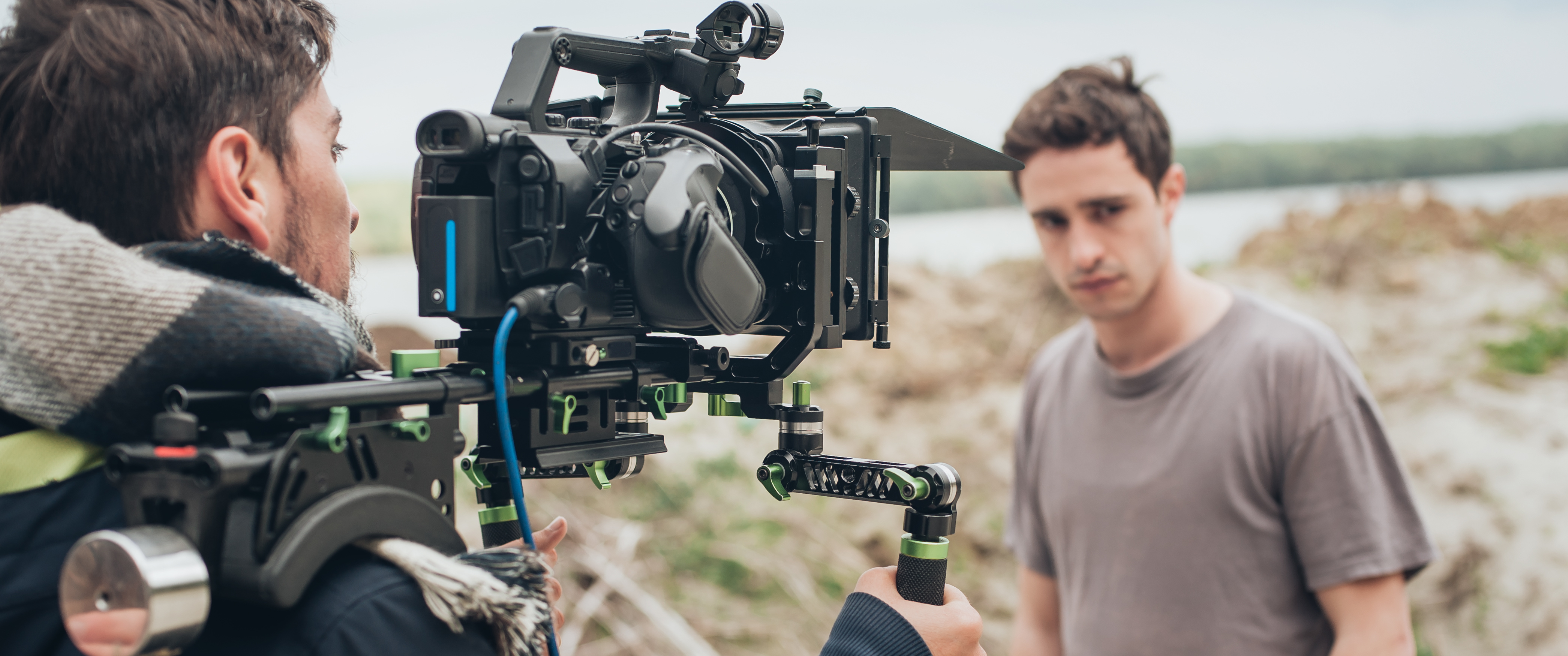
Cut means for everyone to stop. As an actor, it is never your job to call cut. If you mess up a line, say: “I’m gonna take that back” and start the line over. What feels like a mistake to you can appear as a genuine moment on screen. When something unexpected happens, respond to it as your character would. Being an actor is getting to use the infinite capacity of your imagination. Unlike theater, where you spend weeks or months playing the same scene, in film, you only have today. Live in every second of it.
Need some advice? We’ve got you covered.
- 10 Tips for Being a Positive Role Model in Your Theatre Community
- 5 Ways to Say “Thank You” to Your Cast and Crew
- 5 Character Development Techniques to Use in Rehearsals
- 5 Small Ways to Get Into (And Embrace) Your Character
- 5 Ways to Take Care of Yourself During Tech Week
- Devising Theatre: 7 Quick Tips for Your First Devising Project
- “I Can’t, I Have Rehearsal”: 5 Tips for Scheduling Your Life When You’re In Theatre
- How to Make Rehearsals A Warm and Welcoming Environment
- 10 Basic Rules of Stage Combat (That Keep Everyone Safe)
- 5 Advantages of Learning Stage Combat
- Theatre Artists on a Budget: How to Be Smart and Healthy While Pinching Pennies
- Productions on a Budget: Finding Props/Costumes/Set Dressings/Set Pieces Without Breaking the Bank
- 6 Steps to Memorizing Shakespeare
- 5 Helpful Tips for Attending Callbacks
- 10 Tricks to Staying Healthy All Season Long
- How to Balance Theatre and Coursework
- 10 Items Every Actor Should Carry in Their Rehearsal Bag
- 10 Items Every Dancer Should Keep in Their Rehearsal Bag
- Discover the Delightfully Nerdy World of Dramaturgy
